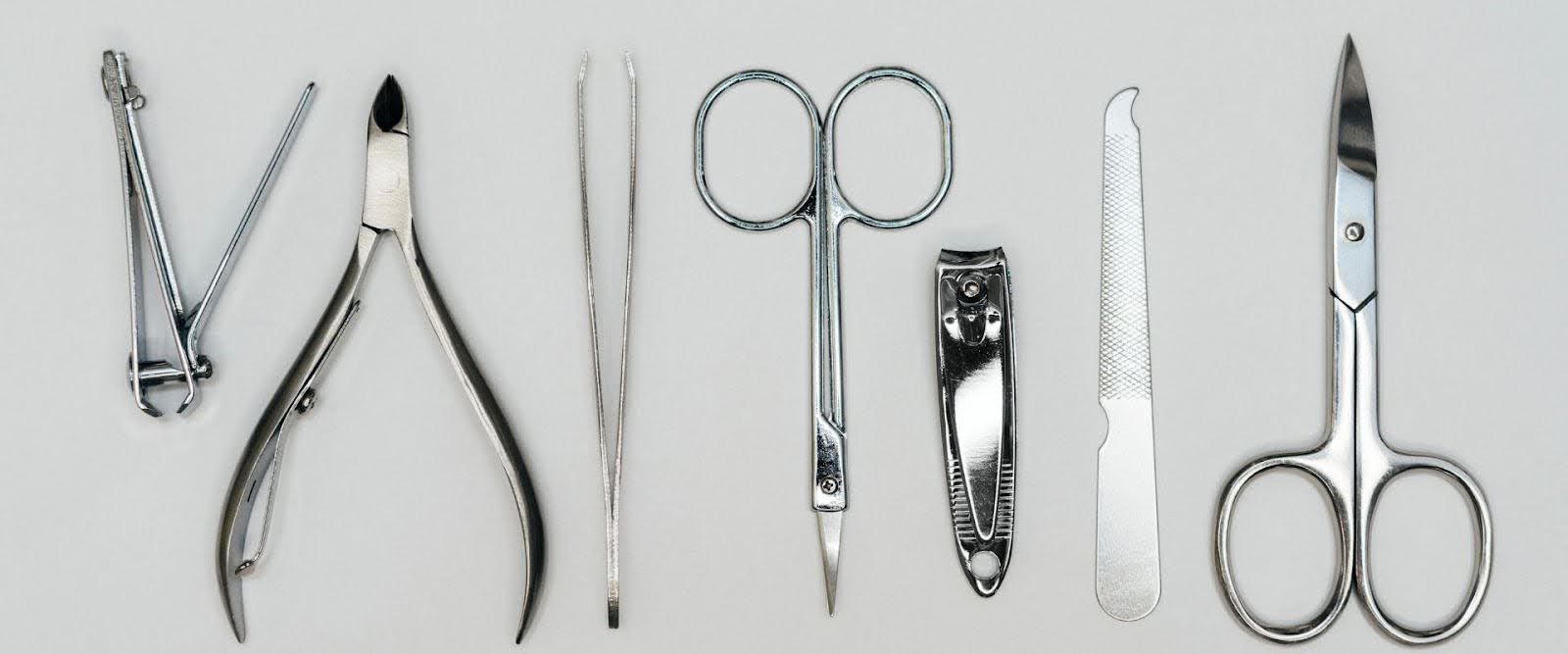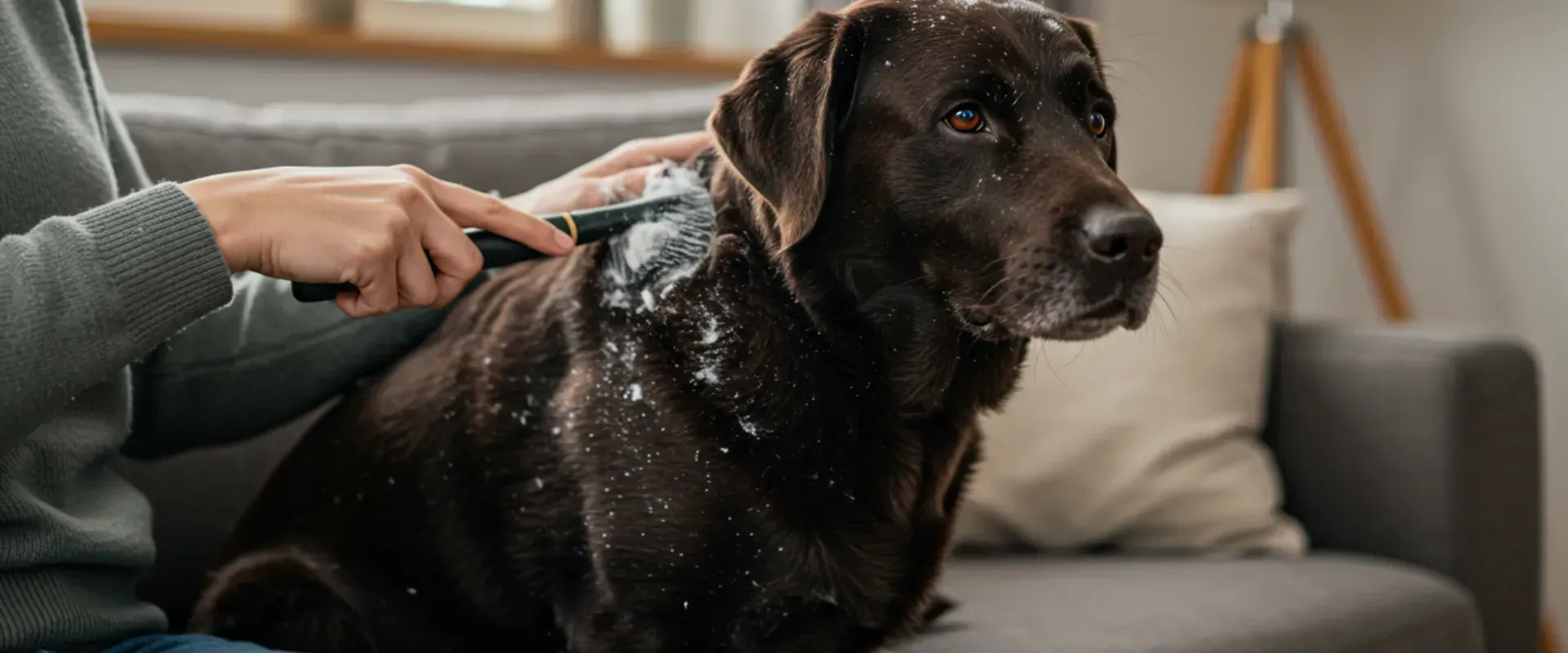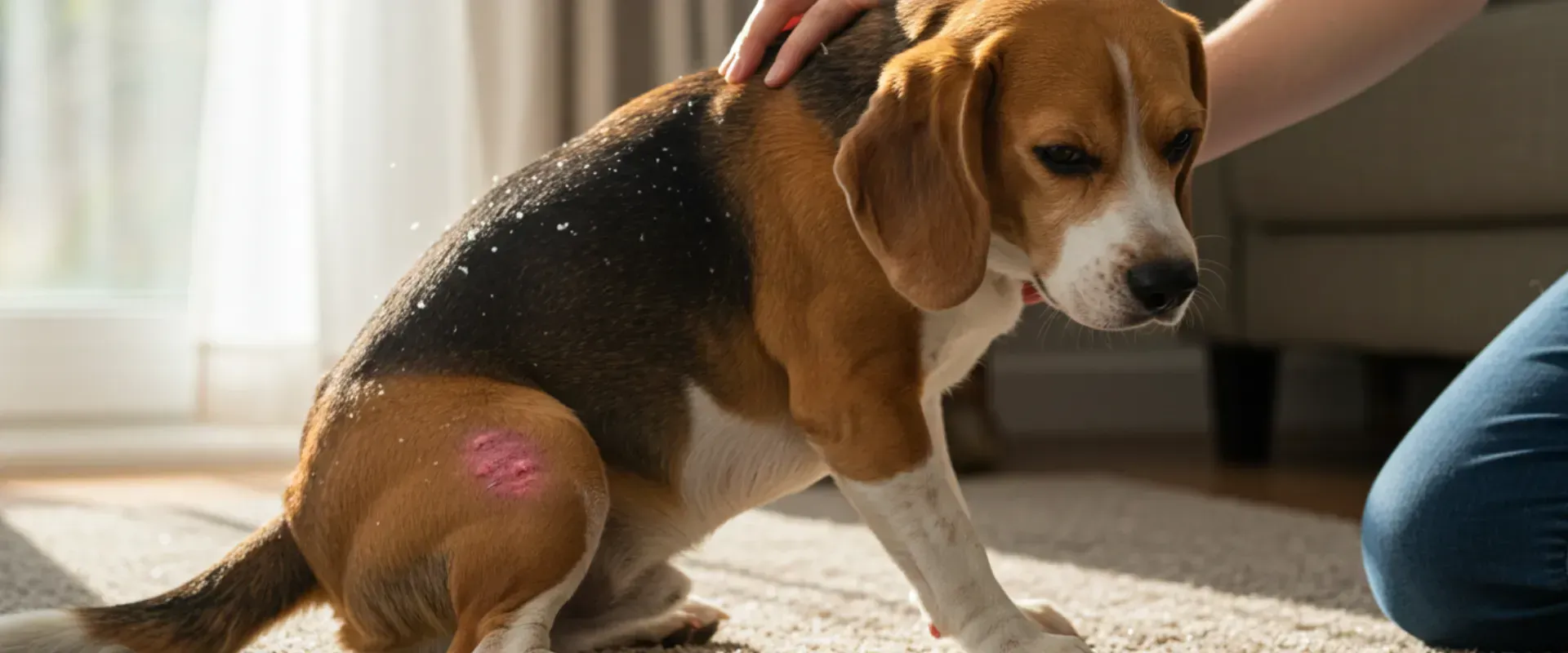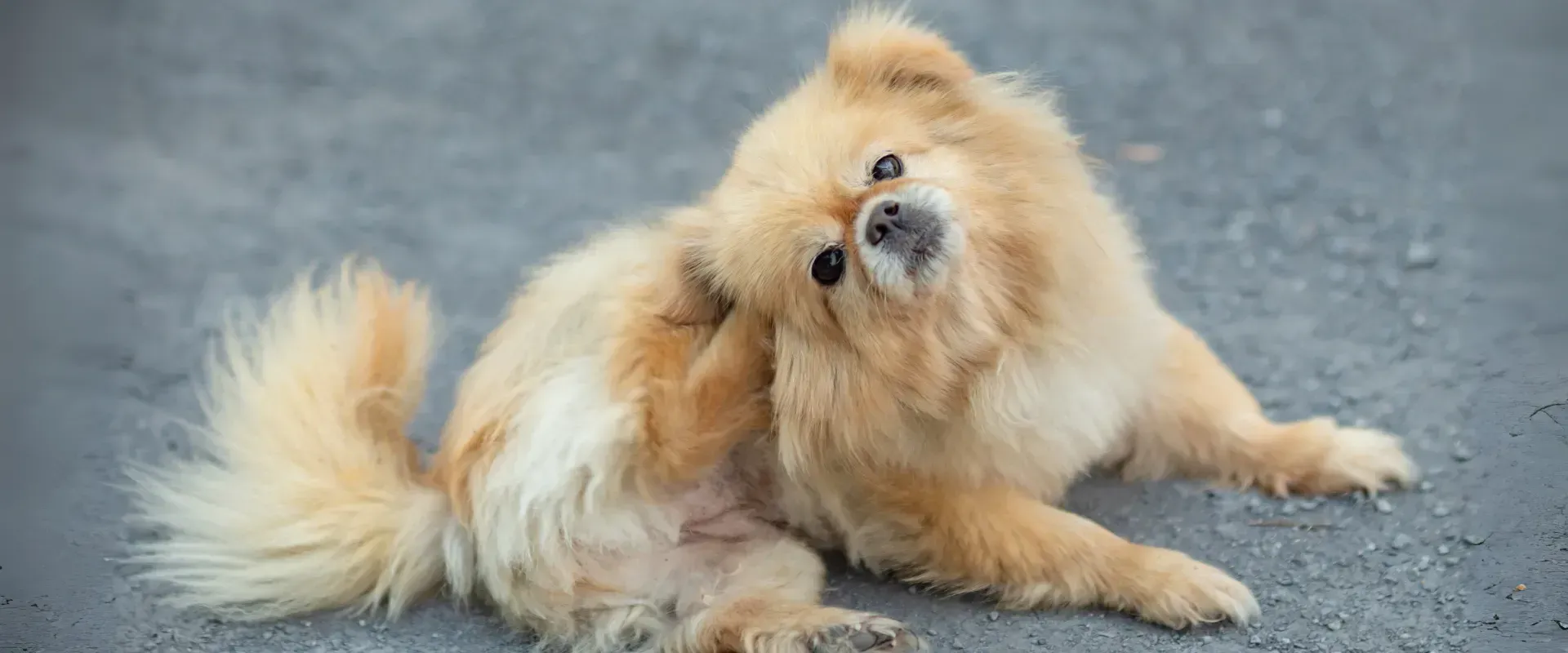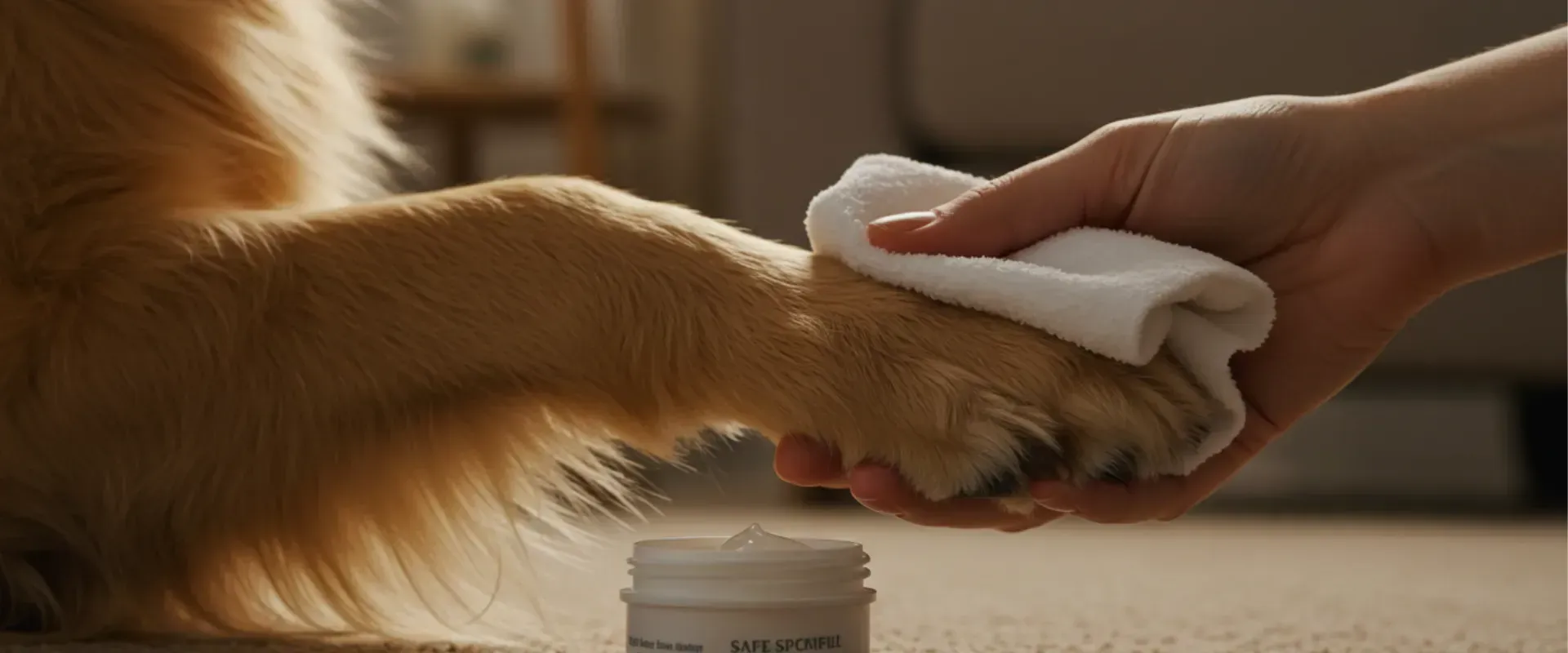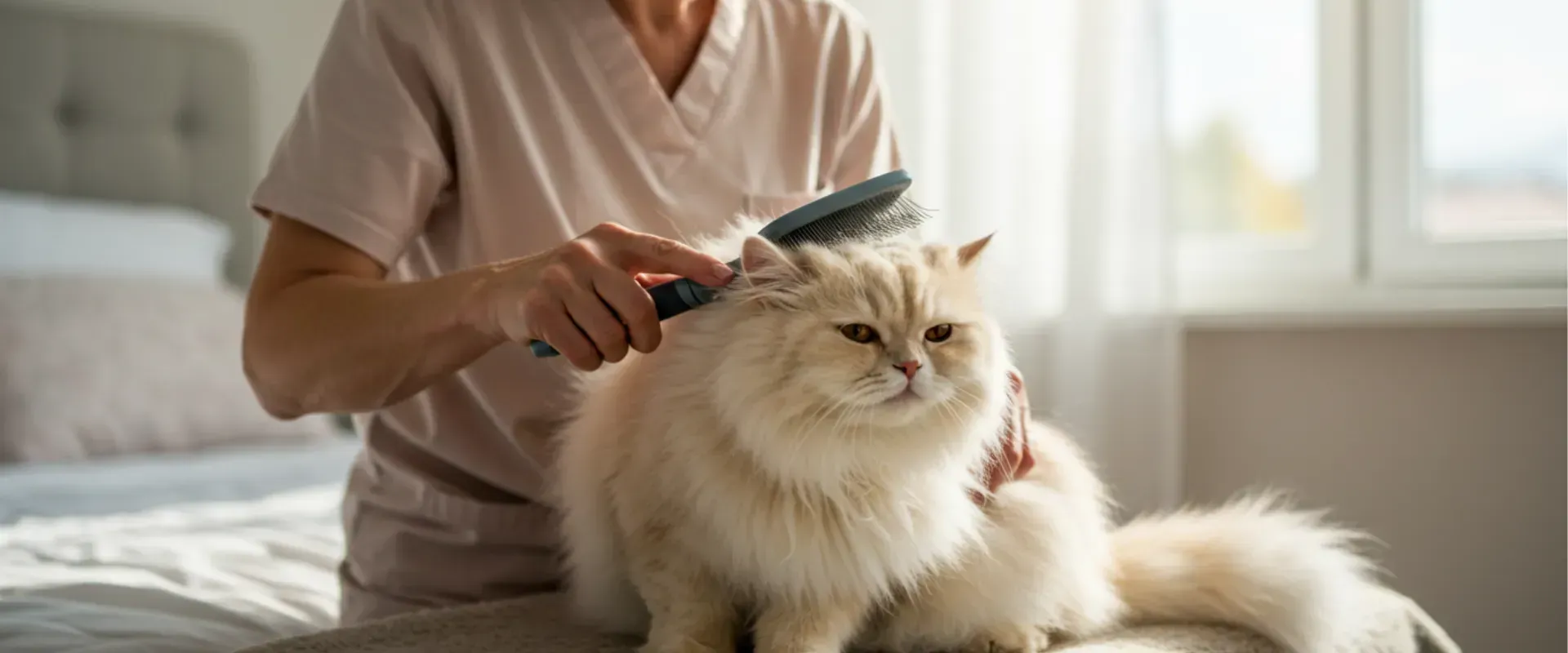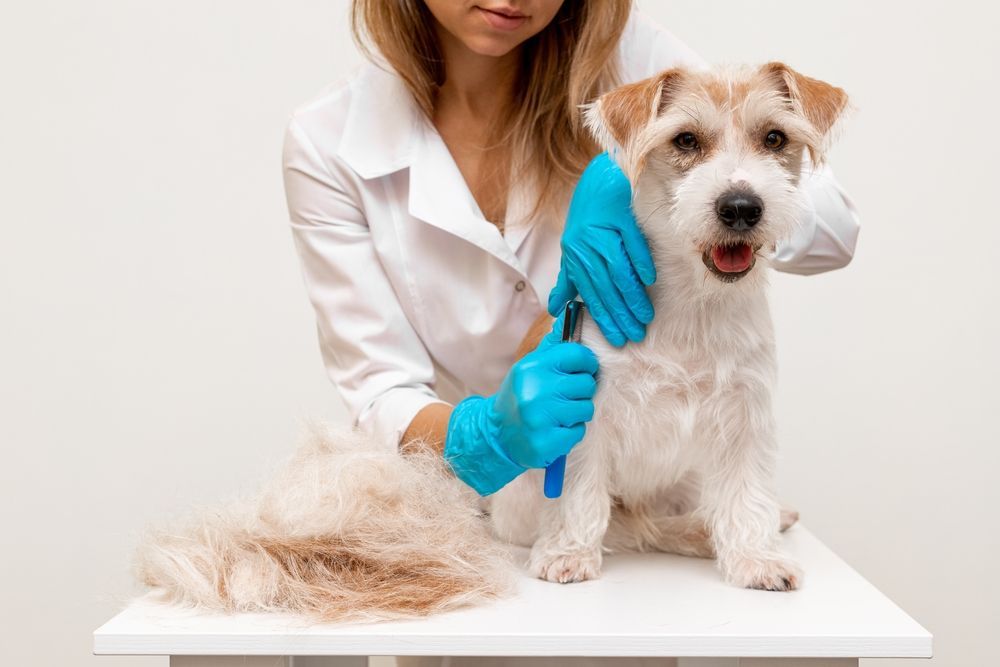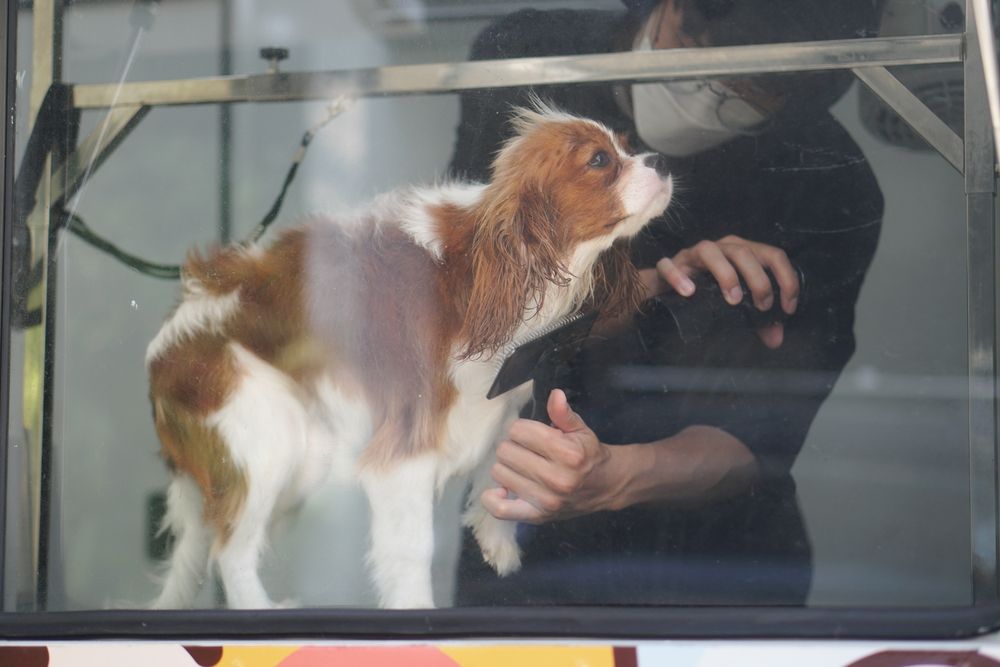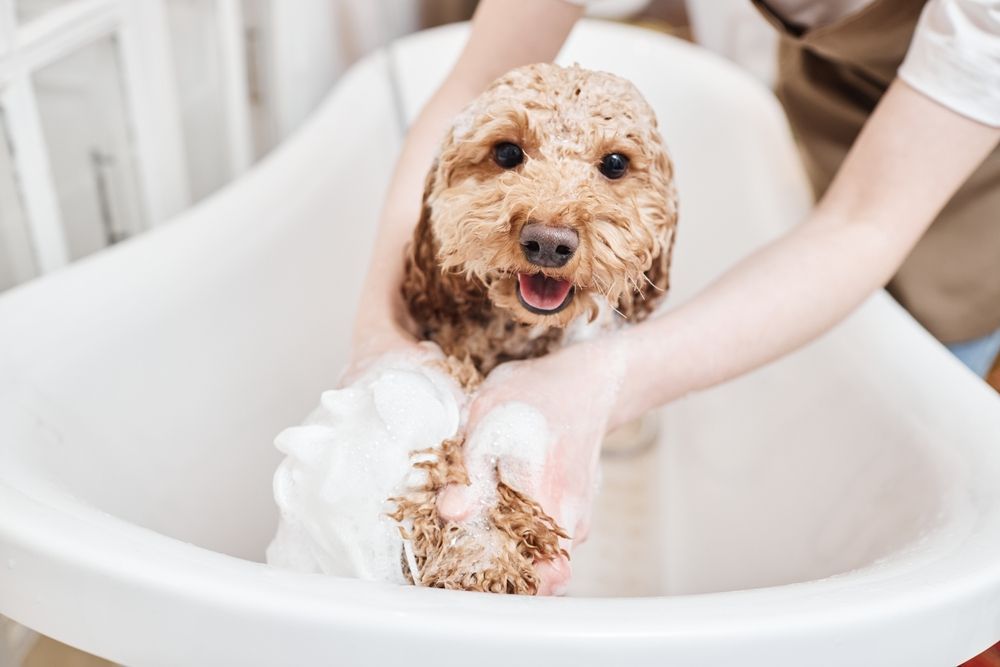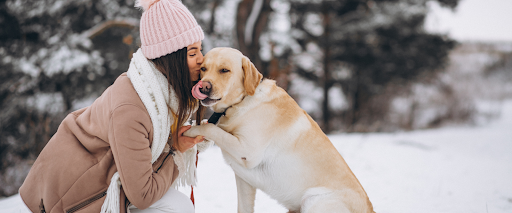How to Trim Dog’s Nails at Home: 4 Expert Tips for a Stress-Free Experience
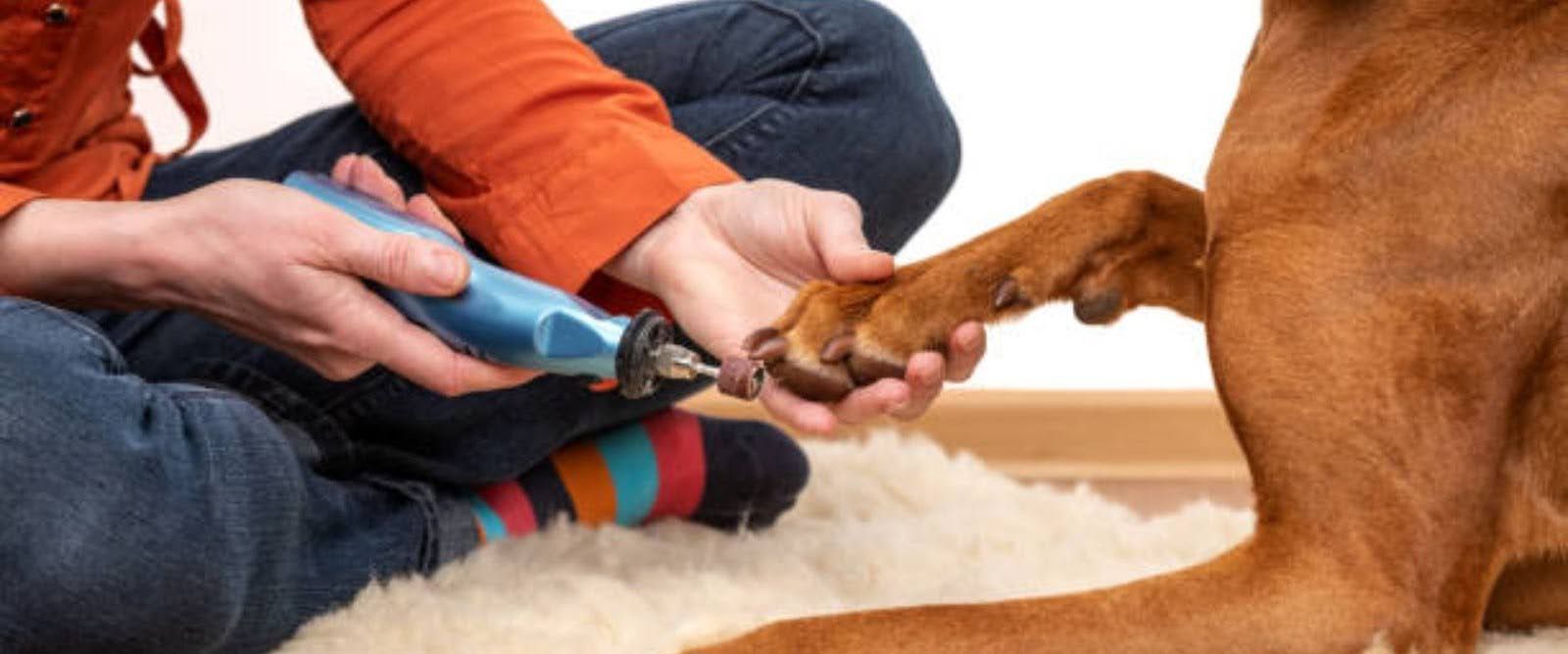
Trimming your dog’s nails can feel intimidating, but it's an essential part of their grooming routine that ensures their comfort and health. Long nails can lead to discomfort, injuries, and even affect their ability to walk properly. However, with the right tools and techniques, trimming your dog’s nails at home is not only possible, it can be stress-free for both you and your furry companion.
In this guide, we’ll walk you through four simple yet effective guidelines on how to trim your dog's nails at home, whether you’re a first-time pet owner or an experienced groomer. We’ll provide practical tips, tools you need, and tricks to make the process safe and easy.
We understand that grooming your dog at home can sometimes feel overwhelming. That’s why
Happy Hounds Grooming is here to help make the process easier with expert advice and convenient mobile grooming services. We ensure your dog’s nails are trimmed safely and effectively without any added stress.
Quick Tips for Safe Dog Nail Trimming:
- Always use the right tools designed for your dog’s size.
- Be mindful of the
quick (the sensitive area inside the nail).
- Trim in small increments to avoid cutting too deep.
- Take your time and reward your dog to create a positive experience.
1. Gather the Right Tools Before You Start
The right tools make a world of difference when it comes to safe home dog grooming. Just like you wouldn’t use the wrong tool for any other task, using improper nail clippers can make the process harder and more stressful for both you and your dog. To get started, here’s what you’ll need:
- Dog Nail Clippers: There are several types, and choosing the right one depends on your dog’s size and your comfort level. Guillotine-style clippers and scissor-type clippers are popular options. If you have a small dog, a scissor-style clipper might be best, whereas a larger dog may need a more heavy-duty guillotine clipper.
- Styptic Powder: This is essential for emergencies. If you accidentally cut the quick (the sensitive, blood-filled area inside the nail), styptic powder will help stop the bleeding immediately. Always keep this on hand just in case.
- Nail File (Optional): After trimming, use a nail file to smooth out any rough edges to prevent snags and discomfort.
Before you begin, make sure your dog is familiar with the tools. As a
professional groomer, show them the clippers, let them sniff, and gently touch their paws with the clippers. This helps reduce anxiety and prepares your pet for the grooming session.
2. Identify the Quick and Avoid Cutting It
The quick is the most important area to avoid while trimming your dog’s nails. It contains blood vessels and nerves, making it sensitive. Cutting the quick can cause pain and bleeding, so it's crucial to be cautious.
- Clear Nails: If your dog has light-colored nails, the quick is easy to spot as a pinkish area inside the nail.
- Dark Nails: For dogs with dark nails, the quick is harder to see, which makes trimming more challenging. A helpful trick is to shine a flashlight through the nail. The light will make the quick more visible, so you can avoid cutting it.
Start by trimming small bits at a time. This way, you reduce the risk of cutting into the quick and ensure your dog’s comfort. It’s always better to trim too little than too much.
3. Use Proper Technique for Safe Trimming

The way you hold your dog’s paw and position the clippers is crucial for a clean, safe cut. Follow these tips to trim your dog’s nails effectively and safely:
- Hold the Paw Gently: Your
dog’s paw should be firmly but gently held to avoid movement. If your dog resists, try massaging their paw first to relax them.
- Clip at a Slight Angle: Position the clippers at a slight angle, parallel to the floor, to ensure a smooth and even cut. Avoid cutting too steeply, as this can increase the risk of hitting the quick.
- Trim Small Portions: Cut only a small portion of the nail at a time, especially if you're unsure of the quick’s location. This gradual approach helps you avoid any accidents.
Additionally, dog nail trimming tips for keeping your dog calm include rewarding them with treats or praise during and after the trimming session. Positive reinforcement helps them associate nail trimming with a positive experience, reducing stress during future sessions.
4. Maintain a Regular Trimming Schedule

Regular nail trimming is essential for your dog’s comfort and health. How often you trim your dog’s nails depends on their activity level and the surfaces they walk on.
- Active Dogs: Dogs that walk or run on hard surfaces (like pavement) naturally wear down their nails, so they may need trimming less often.
- Less Active Dogs: Dogs that spend more time indoors or on soft surfaces may need more frequent trims, as their nails don’t wear down naturally.
Regardless of your dog’s activity level, aim to trim their nails every few weeks to prevent overgrowth. If you’re unsure, consult with your veterinarian or professional groomer about the ideal schedule for your dog’s breed and activity level.
Why Choose Happy Hounds Grooming for Your Dog’s Nail Trimming and Grooming Needs?
At Happy Hounds Grooming, we take the stress out of grooming with our expert mobile services that come directly to your door. Our skilled team of professional groomers is dedicated to providing top-notch care for your dog, ensuring a safe, comfortable, and stress-free experience every time. Whether it’s nail trimming, a
full grooming session, or just a bath, we tailor our services to meet your pet’s unique needs. With
years of experience and a compassionate, gentle approach, we use positive reinforcement to keep your dog relaxed and happy throughout the process. Choose Happy Hounds for
mobile dog nail trimming and get convenient, professional, and personalized care, because your dog deserves the very best.
Conclusion: Make Nail Trimming a Positive Experience for Your Dog
Trimming your dog’s nails is more than just a cosmetic task; it’s a critical part of maintaining their overall health and comfort. By following these four dog nail trimming tips, you can ensure that your pet remains comfortable and safe during every grooming session. Remember, the key to success lies in preparation, proper technique, and regular maintenance.
If you're unsure about trimming your dog’s nails or simply want expert help, don't hesitate to reach out to Happy Hounds Grooming. Our
mobile pet grooming service offers professional care right at your doorstep, ensuring that your dog’s grooming is always a pleasant experience.
Ready to schedule a visit?
Contact us today, and we’ll take care of all your dog grooming needs.
FAQs about Trimming a Dog’s Nails
How often should I trim my dog’s nails?
The frequency depends on your dog’s activity level. Active dogs may require less frequent trims, while indoor or less active dogs may need their nails trimmed every 2–3 weeks.
How can I avoid cutting the quick?
The best way to avoid cutting the quick is to trim small amounts at a time. If your dog has dark nails, use a flashlight to help you see the quick. Always err on the side of caution.
What happens if I cut my dog’s nails too short?
Cutting the quick can cause pain and bleeding. If this happens, apply styptic powder to stop the bleeding. If the bleeding persists, contact your vet.
What should I do if my dog is scared of nail trimming?
Start by getting your dog accustomed to the tools and process. Use positive reinforcement with treats and praise to create a calm, rewarding environment.


